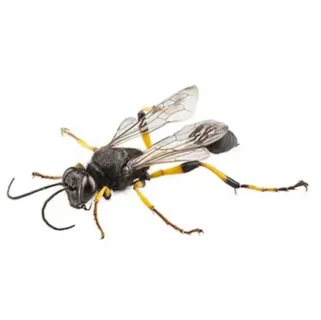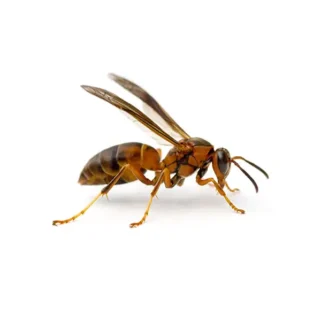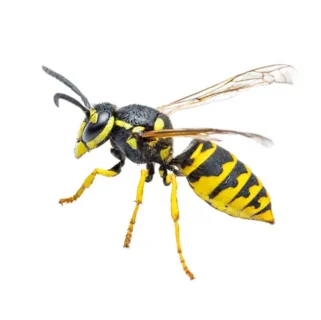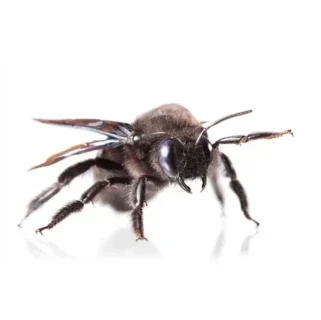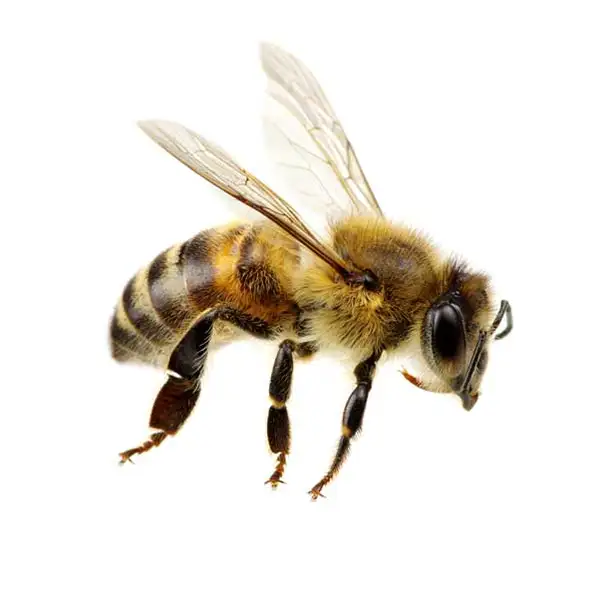
Honey Bees in Kailua Kona
These bees are diligent pollinators and renowned for their honey production. Their colonies boast impressive longevity. Queen honey bees, slightly larger than their male counterparts, known as drones, are ubiquitous across the country and play a vital role in pollinating over 100 crop varieties. They exist in two primary types: Africanized and European honey bees, with the latter being notably more aggressive. Swarming occurs when a colony outgrows its hive.
Honey Bee Habitat
Honey bees commonly construct their nests in tree crevices, yet sometimes opt for attics or chimneys. They are particularly active during late spring and summer, especially when new queens and thousands of workers depart from old colonies to establish new nests in tree hollows or crevices. During this period, sizable swarms of bees can be observed, seeking out new nesting sites, a process typically taking around 24 hours. While most swarms are benign, certain bee species, such as the Africanized honey bee, can exhibit extreme aggressiveness and may attack without provocation.
Honey Bee Behaviors, Threats, or Dangers
Honey bees possess a stinger but can only use it once. Only female workers have the ability to sting and are unlikely to do so while foraging for nectar and pollen in backyard settings. Bee stings typically occur when these gentle bees are disturbed or inadvertently squashed. The honey bee’s stinger, equipped with barbs, remains lodged in the skin unless manually removed. Swift removal of the stinger, whether by hand, tweezers, or scraping, is crucial. Honey bee stings are notably painful and can be life-threatening to a small percentage of individuals allergic to the venom. If a honey bee nest is suspected on your property, it is always best to contact a professional bee removal company.
Need help with Honey Bee control?
Need Pest Control Service?
Leave your information below and we’ll be in touch with a FREE quote!
"*" indicates required fields
*During normal business hours. After hours calls will be returned the next business day.

